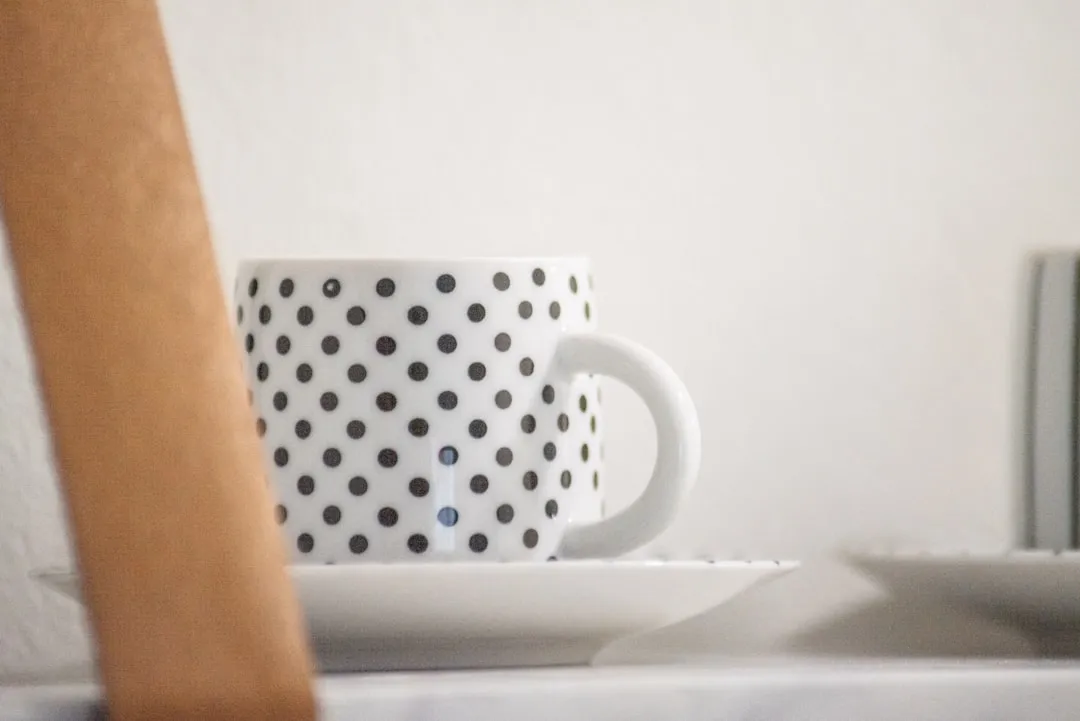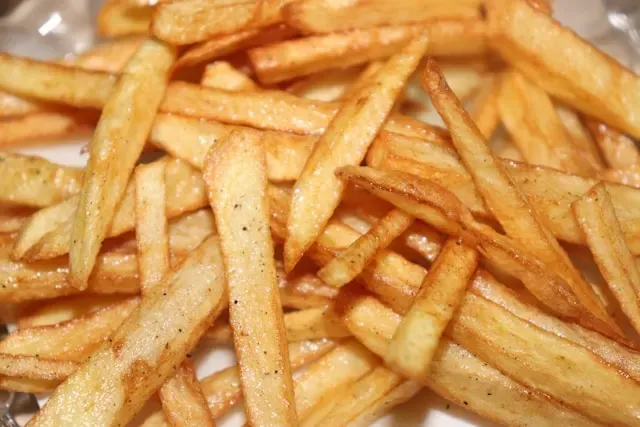Many home cooks were taught never to press down on a burger as it cooks since that would ruin your all-beef patty by getting it to release the juices it needs to stay tender and moist.
Turns out that is total hooey—a complete myth. In fact, wildly successful burger chains Shake Shack and Smashburger have predicated their success on the principle that you need to press, or smash, your hamburger patty onto the cooking surface to get the most flavor.

Smashburger's signature menu item.
Why Does This Work So Well?
The Maillard reaction is behind it all, as it is behind most yummy things. When your beef patty meets some heat, the amino acids and sugars within it begin reacting, which results in changes of flavor and color.
So when you "smash" your burger patty down, you're creating more surface area for the Maillard reaction to take place.

More surface area means there's more room for the Maillard reaction to work its magic.
Watch a Smashburger in Action
Tom Ryan, the CEO of Smashburger, walks some journalists through the process of creating his restaurant's signature burger. He starts with high-quality beef that has a fair amount of fat and is packed into a loose ball, since overworking the meat can make the proteins get too tough.

Next, he uses a special heavy metal press to sear the bottom of the patty into the heated cooking surface for ten seconds. This caramelizes and creates a flavorful crust on the patty, and as Ryan explains, forces the juices in the meat to go upward.

As with a pancake, he waits until he sees "bubbles" to flip the patty over. Then he uses a very sharp scraper held at a forty-five degree angle to the cooking surface to ensure he gets every speck of that crisp, brown crust.
How Can You Do This at Home?
Fortunately, it's not hard. You want to get the best-quality meat you can with some fat in it. J. Kenji López-Alt recommends ground chuck. If your supermarket still has actual butchers on hand, I say you get a chuck steak and ask them to grind it for you and add some bacon while they're at it.
Then you can make loose meatballs, remembering to use just enough pressure to make the meat stick without overworking it. Make 'em small—about two to three ounces should do the trick.

Less really is more with this technique. Don't make ginormous patties.
As for surfaces, use whatever's handy. Stainless steel works great, as does the ever-classic cast-iron. The only think you don't want is a nonstick pan—that won't help you get that yummy crust to develop.
Make sure that pan is nice and hot. Preheat it for several minutes. If a drop of water really sizzles and dances across its surface, it's ready.
Ryan from Smashburger uses a little butter on his frying area. López-Alt uses none. I, personally, always vote for butter if and when it's on the ballot. It adds flavor and if it makes cleaning the pan later a little bit easier, I'll sacrifice a little bit of crust.
Hulk Smash!
Now for the fun part: smashing that sucker. You can use a regular flat spatula and press on it with a second spatula. Remember, you really want that patty to be wide and flat.
I own a small, heavy Le Creuset frying pan that I've used in the past as a makeshift panini press. If you have something similar, I recommend covering it in foil and using that as your smasher.
Press down for several seconds. Kitchen stoves get nowhere near as hot as restaurant ones, so you might need up to thirty or even forty-five to get a really dark crust going. Then use your spatula or a scraper if you own one to flip it over.

Use a lot of pressure to get that patty as flat as possible. The more surface area, the better!
A Smashburger by Any Other Name Is Still as Tasty
Lest you think that we owe this "smashing" burgers to the rise of food science, Pulitzer Prize- and James Beard Award-winning restaurant critic Jonathan Gold provides evidence to the contrary. He writes about one of Los Angeles' culinary legacies, the California lunchroom burger:
"The thin, slightly charred beef patty becomes basically another texture in this sandwich, more valuable for its crunch than for its juice—the lunchroom burger is essentially a short-form essay on crispness."

The Apple Pan, a Los Angeles institution, makes the ne plus ultra of California lunchroom burgers, according to Gold.
Shake Shack, Smashburger, ultra-smashed burger—to some of us, it will always be a California lunchroom creation.
Learn more tricks for creating great burgers: add a secret ingredient to keep them moist while they cook and use your thumb to help them cook evenly. You can also learn how to make your own perfect sliders and eat a restaurant burger with no mess.
Cover images via J. Kenji López-Alt/Serious Eats

























Comments
Be the first, drop a comment!